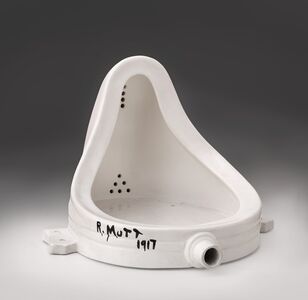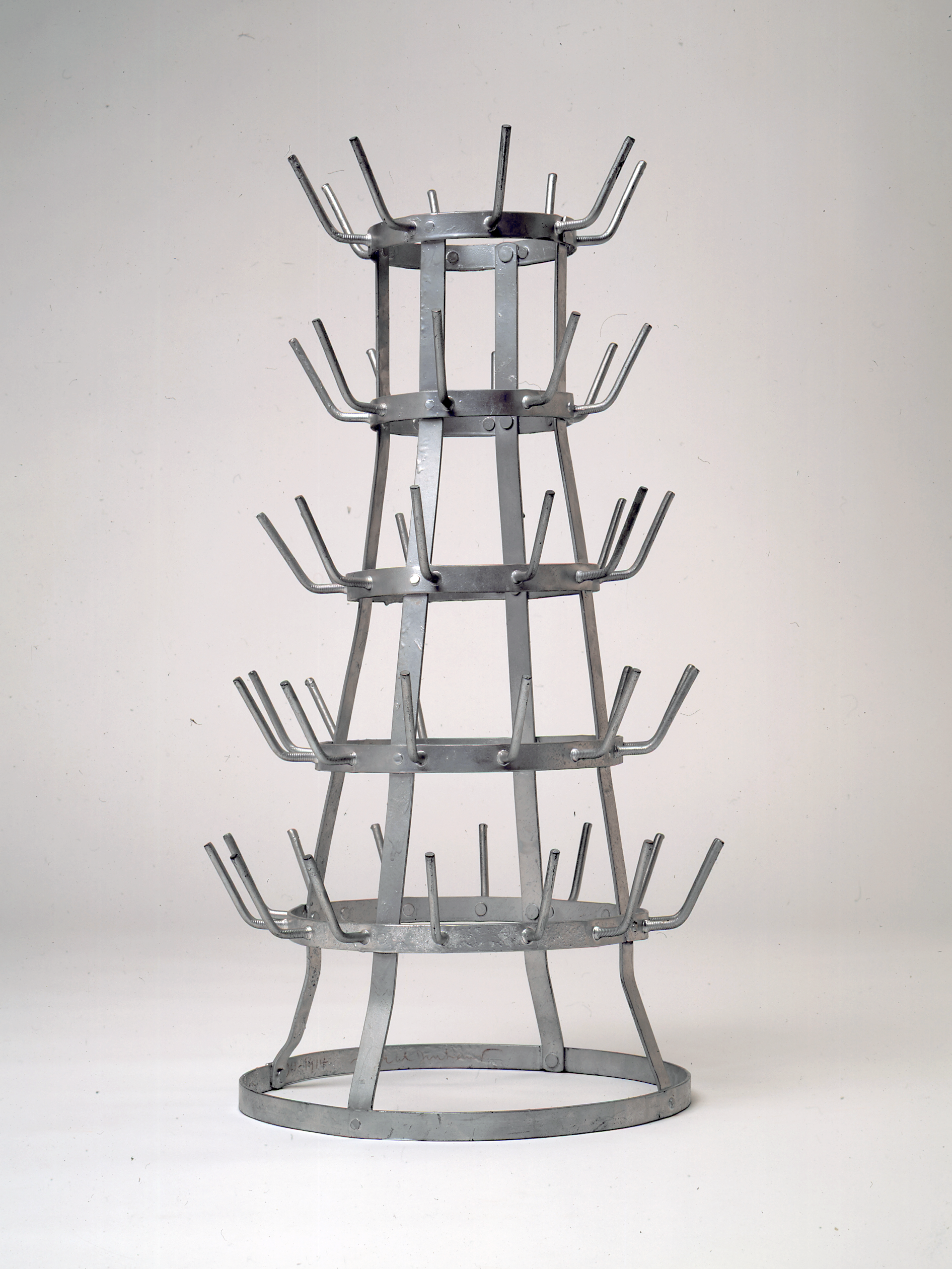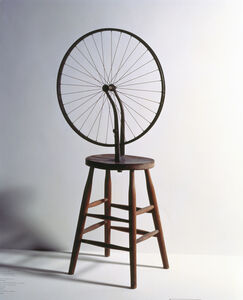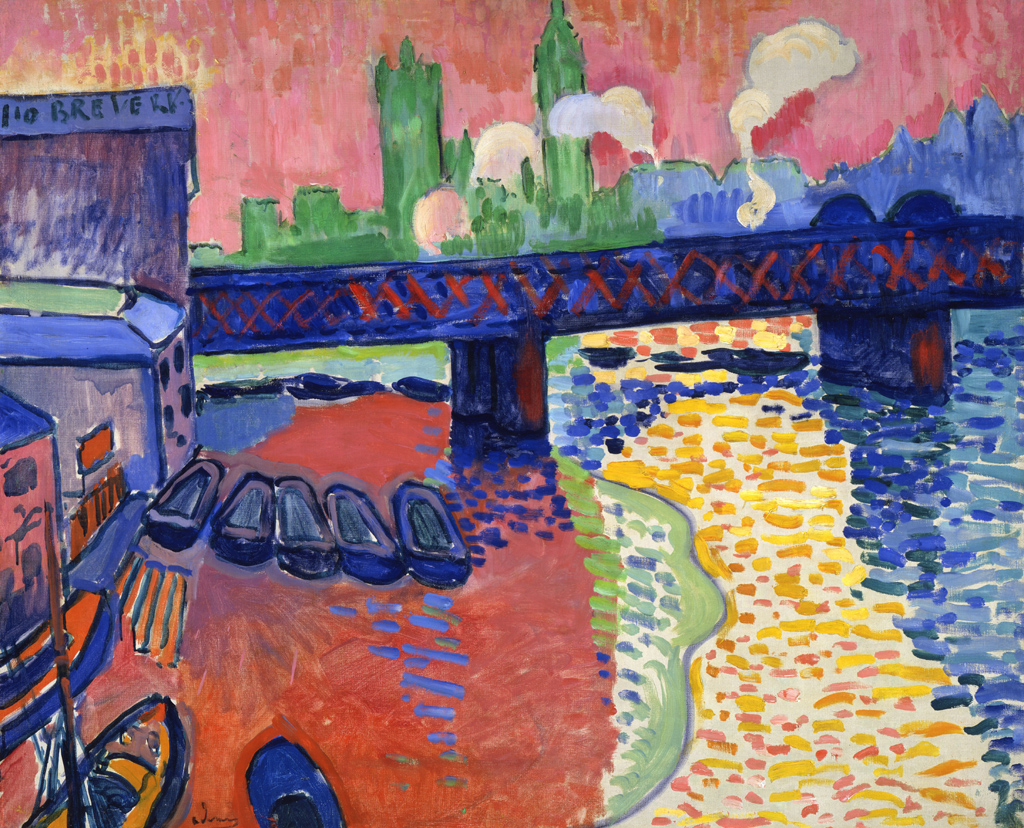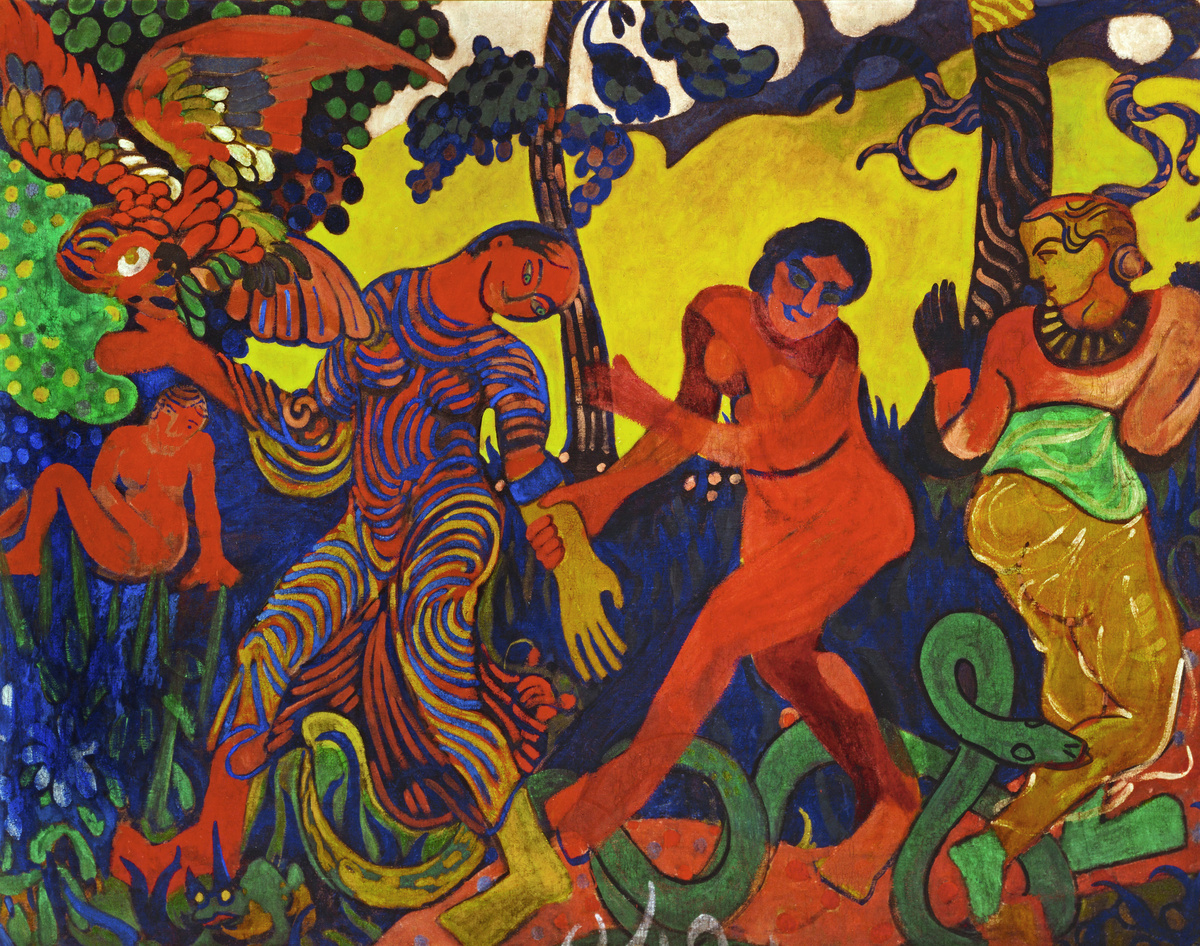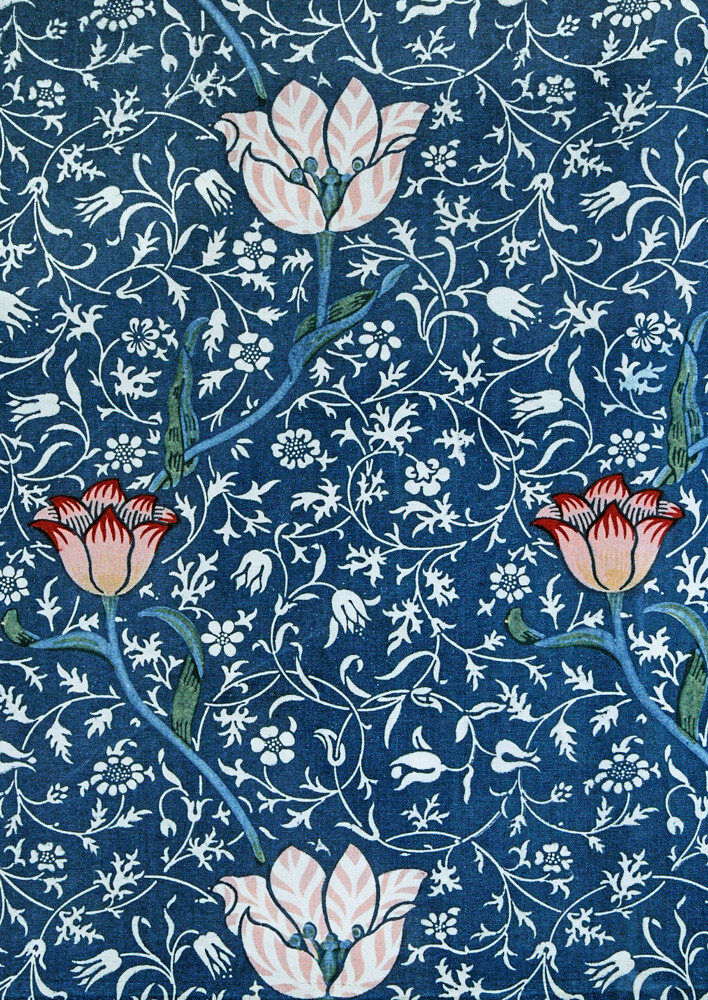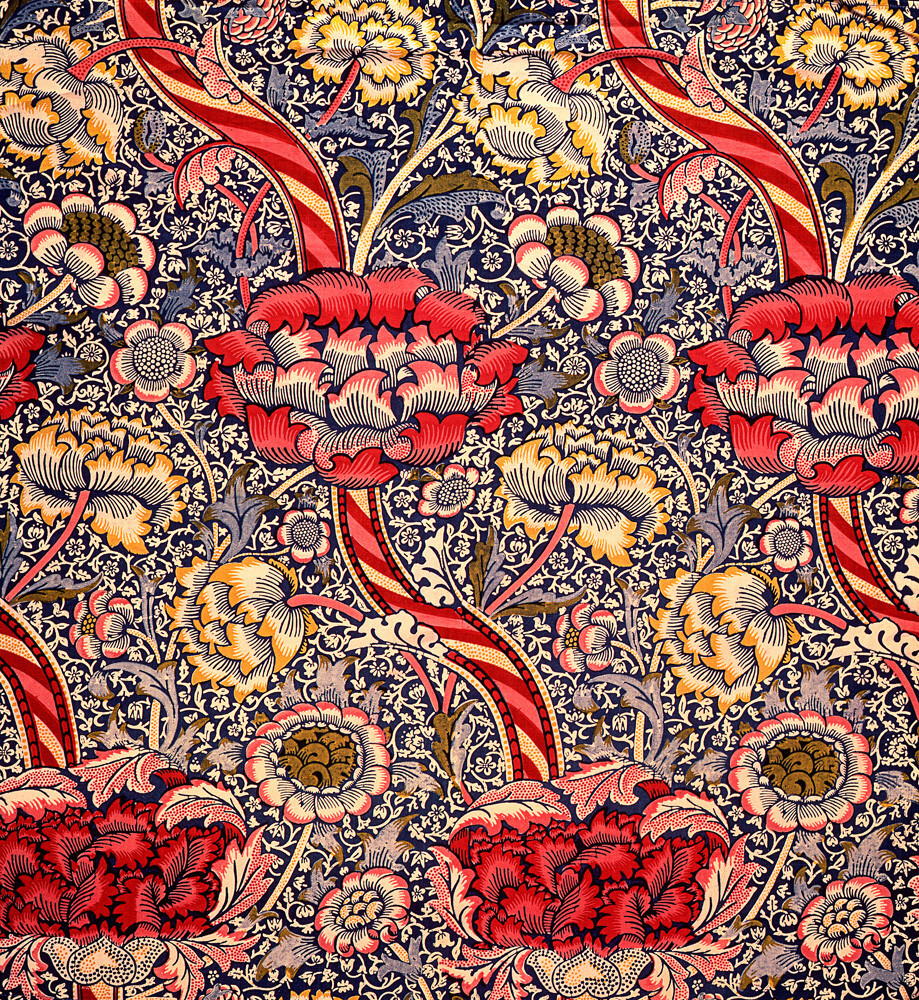Weegee was the pseudonym of Arthur Felling. A photographer and photojournalist, known for his stark black and white street photography. He worked in New York. Them he developed his signature style by following the city's emergency services and documenting their activity. He then published photo graphic books and also worked in cinema, initially making his short films and later collaborating with film directors like Jack Donohue.
Most of his works are black and white. Some of them I saw was naked women.
He also used made the photos more like surrealism. He did the Photoshop and use the women's feet.


![[Female nude distortion]](https://www.icp.org/icpmedia/w/e/e/g/weegee_4362_1993_415688_displaysize.jpg)

![[Pooch in a bulb]](https://www.icp.org/icpmedia/w/e/e/g/weegee_6197_1993_416376_displaysize.jpg)
